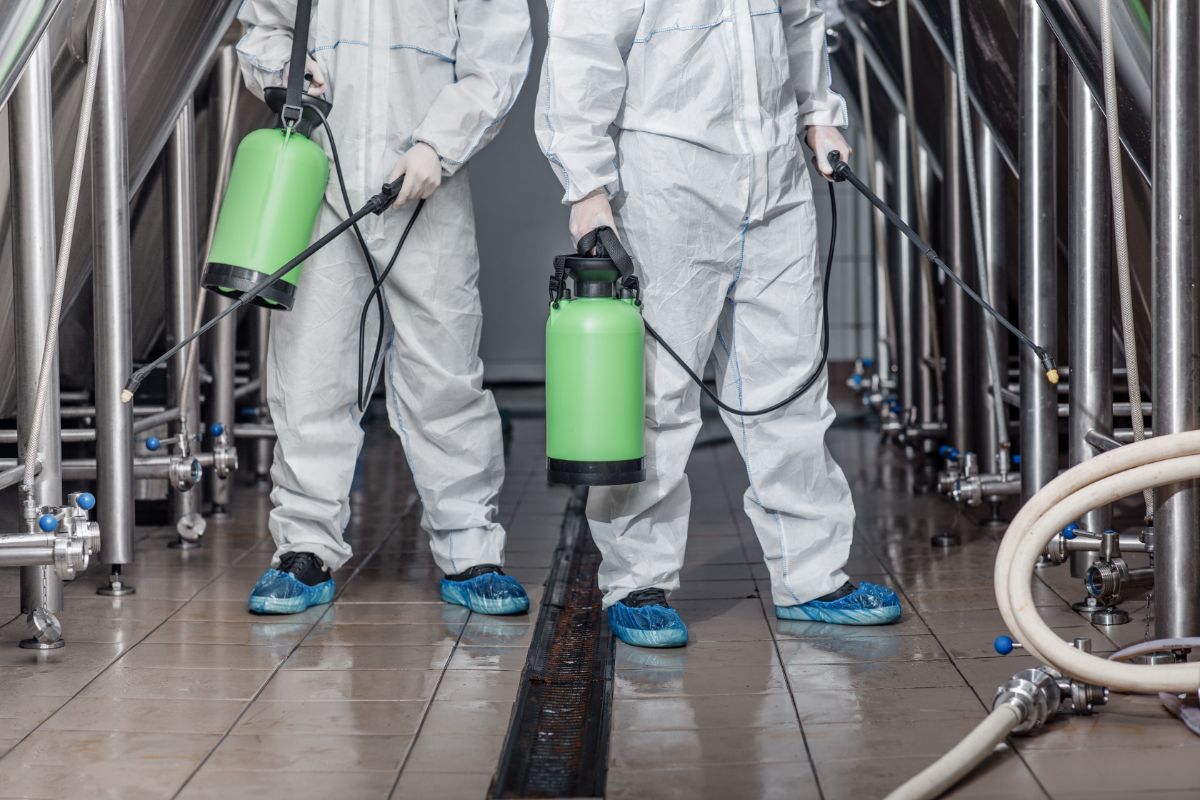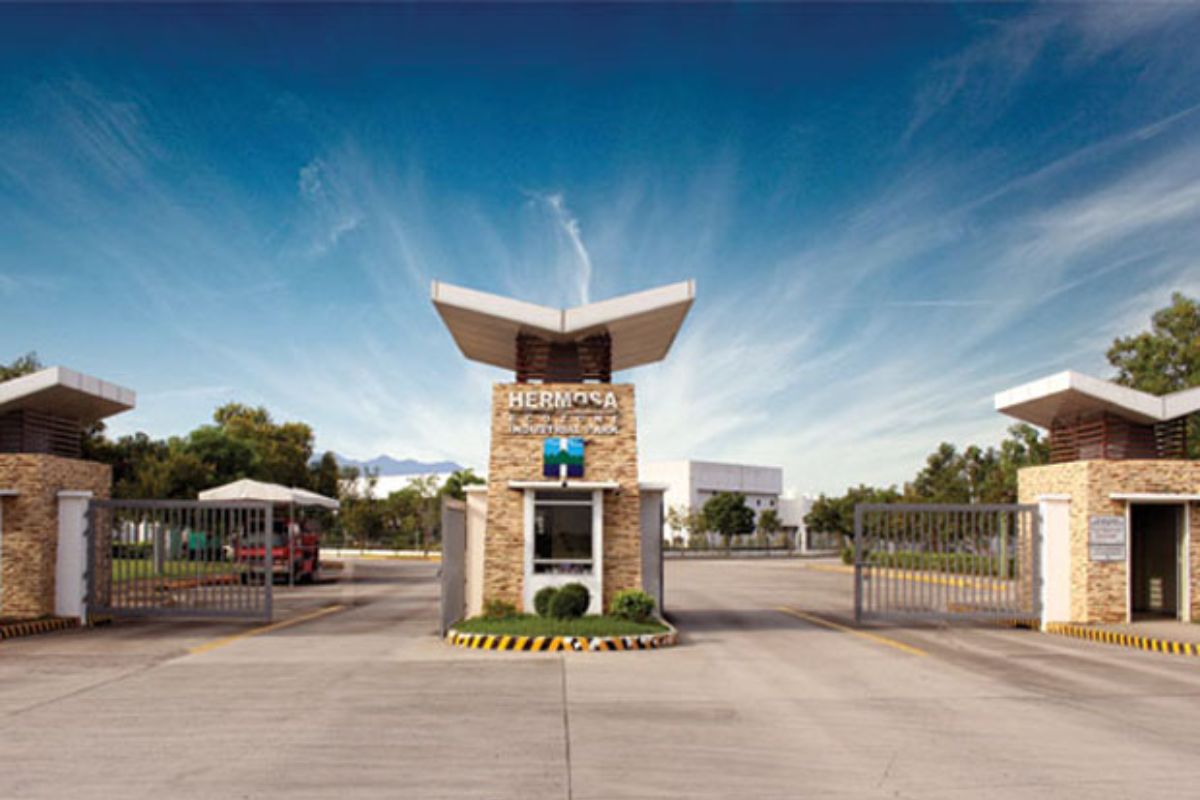What are the key considerations for industrial hygiene during COVID?
- Educate the workforce about heightened industrial hygiene protocols
- Regularly disinfect workplaces and other commonly touched surfaces
- Appoint an on-ground management team to update industrial hygiene policies
The variants of the coronavirus, such as Delta and Omicron, are increasing the number of confirmed cases every day. There are over 363 million cases worldwide, with the Philippines reporting 3.49 million cases. The pandemic is expected to continuously disrupt people’s day-to-day lives and global supply chains with negative implications for industrial operations and the economy. During these unprecedented times, health and safety must be the top priority of everyone. Each sector is adapting to the new normal safety protocols, and for industrial workers, industrial hygiene must be heightened as well. Read on to learn about the key considerations for industrial hygiene during COVID.
Industrial hygiene refers to maintaining occupational health and safety in workplaces. Industrial hygienists are responsible for recognizing and preventing workplace hazards, including COVID. Although you may already implement several industrial hygiene protocols, emphasizing these during the pandemic is the key to avoiding workers and guests from contracting diseases.
As a business owner, it is your responsibility to enhance industrial hygiene efforts. This article will provide you with valuable tips on how to keep your workplace safe. Exerting a little more effort during these trying times is a necessity to prevent the further transmission of the virus.
Educate The Workforce About Heightened Industrial Hygiene Protocols
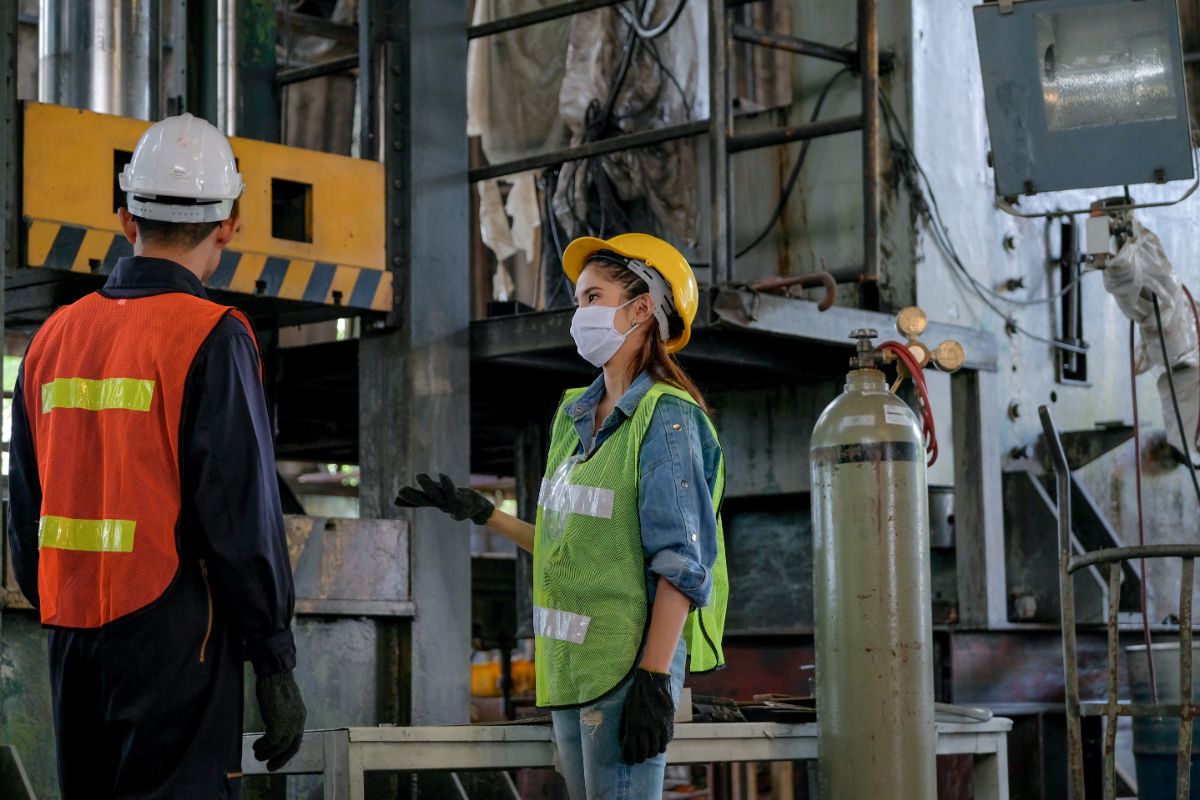
Business owners are primarily responsible for the general health and safety of their works. Because of this, educating the workforce about heightened industrial hygiene protocols is crucial. Maintaining clear communication lines about the current COVID situation and what newer hygiene, disinfection, and sanitation efforts are being adopted is the best way to start off with this.
Before the pandemic, some of the key components of industrial hygiene programs included physical hazards (e.g. noise, temperature, radiation, vibration), chemical hazards (e.g. fumes, vapors, gasses), ergonomic hazards, and biological hazards (e.g. viruses, fungi, molds, bacteria). Follow through with the biological hazard aspect to educate your workforce in avoiding the spread of COVID-19 with these practices:
- Promoting proper handwashing with the use of antibacterial soap and water for at least 20 seconds. If soap and water are not available, hand sanitizers with at least 60% alcohol can be used.
- Mandating no face masks, no entry policy to reduce disease transmission.
- Educate about the importance of boosting the immune system.
- If feeling unwell, immediately inform the management and isolate.
- Promoting staggered schedules to avoid overcrowding.
- Practicing social distance during working hours.
Regularly Disinfect Workplaces and Other Commonly Touched Surfaces
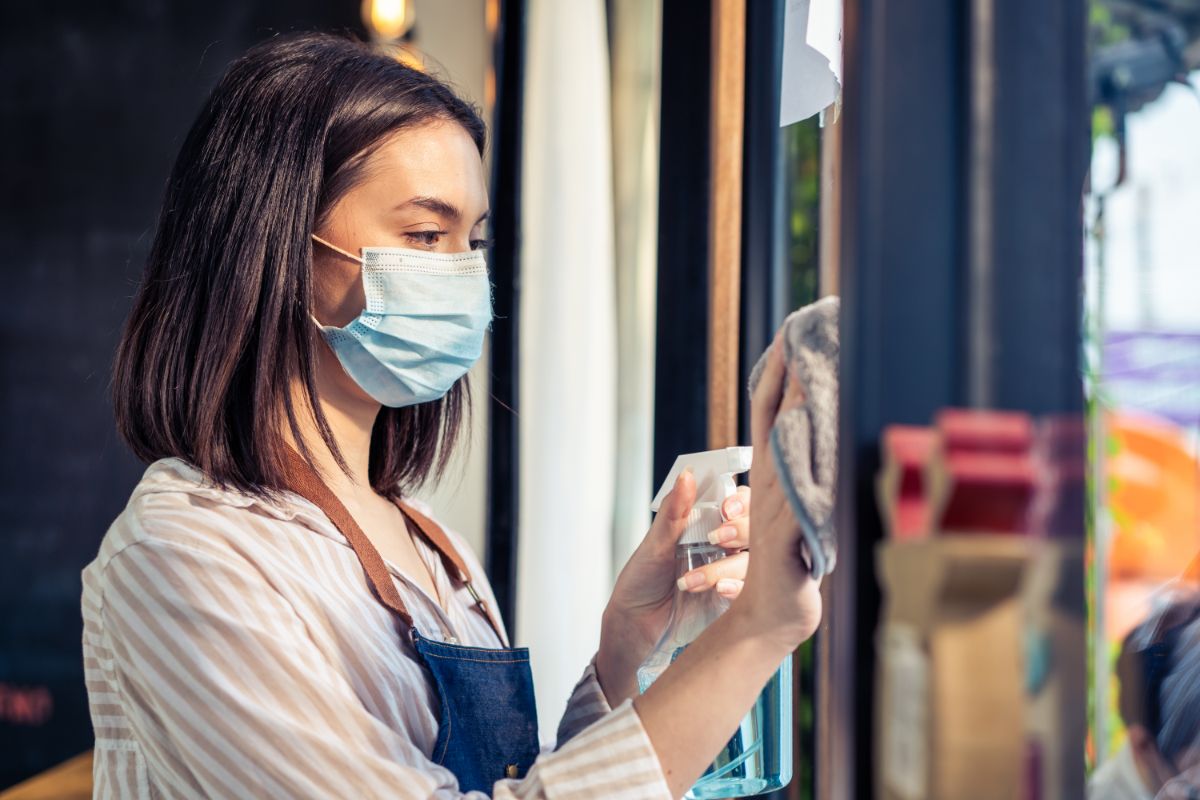
Although regular disinfection may already be a daily industrial hygiene practice for your workforce, emphasizing this during COVID proves to be more crucial in preventing disease transmission.
Keep in mind that COVID-19 is an infectious disease that is spread when an infected person coughs, sneezes, speaks, sings, or breathes. The respiratory droplets can quickly pass to another person. The coronavirus can also spread when someone touches a contaminated surface and forgets to disinfect it afterward.
The COVID-19 can easily be transmitted into your workplaces, especially when in crowded settings and various tools are being shared. Because of this, it is strongly recommended to perform deep cleaning and disinfecting as part of industrial hygiene efforts.
Hold every employee accountable for disinfecting their specific workstations. Moreover, provide them with the proper cleaning supplies to thoroughly disinfect the spaces. Don’t forget to disinfect commonly touched surfaces such as desks, platforms, handles on doors and dispensers, railings, vehicles, machinery control panels, tools, shipping goods, toilets, dining ware, and waiting shed areas.
Appoint An On-Ground Management Team To Update Industrial Hygiene Policies
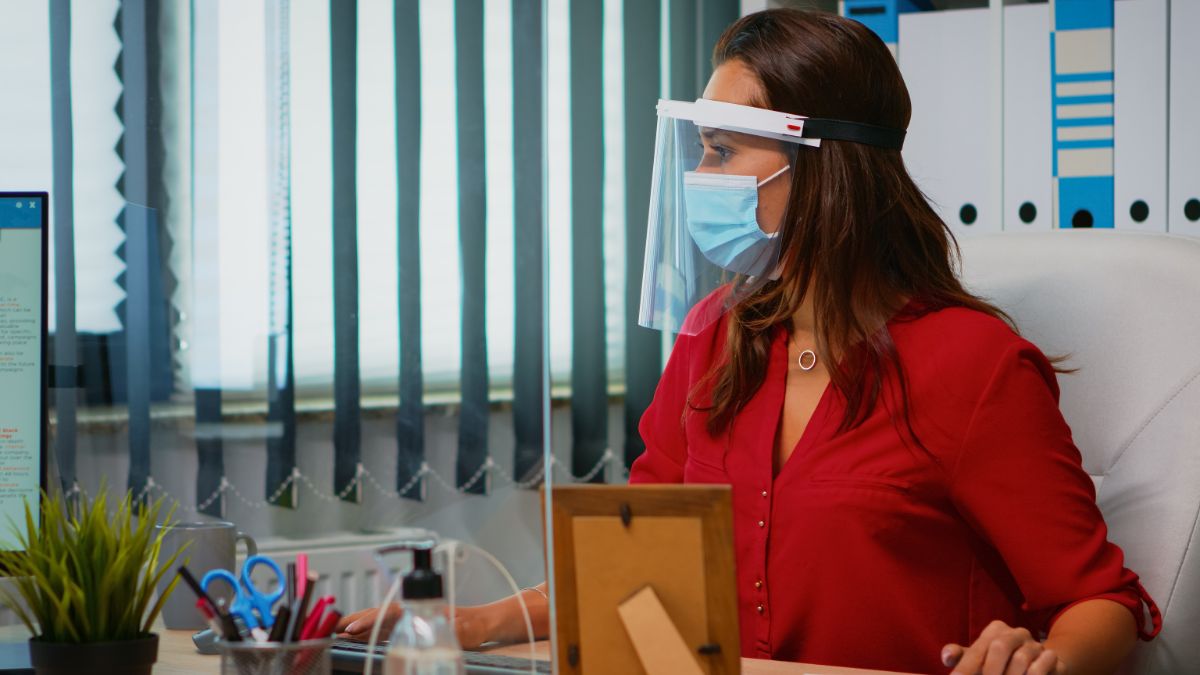
When it comes to industrial hygiene during COVID, other several protocols should be practiced aside from disinfection. These include the following:
- Health screening and temperature checks
- Wearing of personal protective equipment (PPE)
- Contactless transactions
- Updating of emergency response protocols (e.g. isolation, reporting to local health authorities)
Consider appointing a trained ground management team to update your industrial hygiene policies in a way that accommodates the current pandemic situations.
Key Takeaway
Health and safety should remain the top priority of businesses today. We understand your focus to balance business continuity while caring for your stakeholders. We hope that these key considerations for industrial hygiene during COVID can provide valuable insight into keeping your workforce safe.
Some establishments may have been asked to stop their services in light of the crisis, but light and medium industries continue to operate in order to meet product and service demands. At Science Park of the Philippines, our objective is to have 0% transmission and 100% continuous business operations within our industrial parks. This is why we launched our STAY SAFE preventive safety measures. You may refer to this for further industrial hygiene guidance.
For more inquiries about industrial parks by Science Park of the Philippines (SPPI), contact us here. Learn more about the SPPI advantage today!
